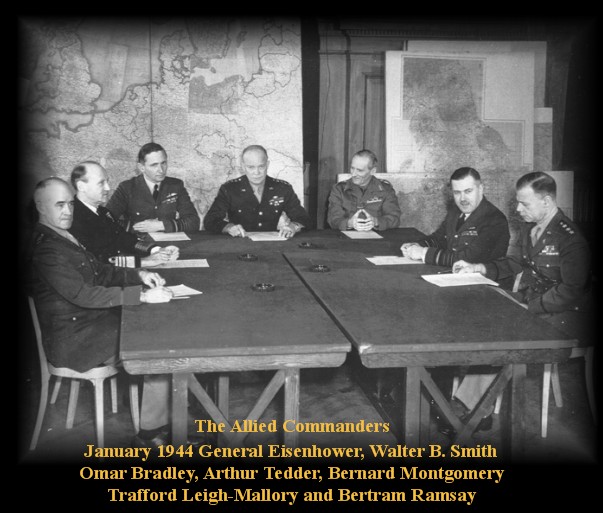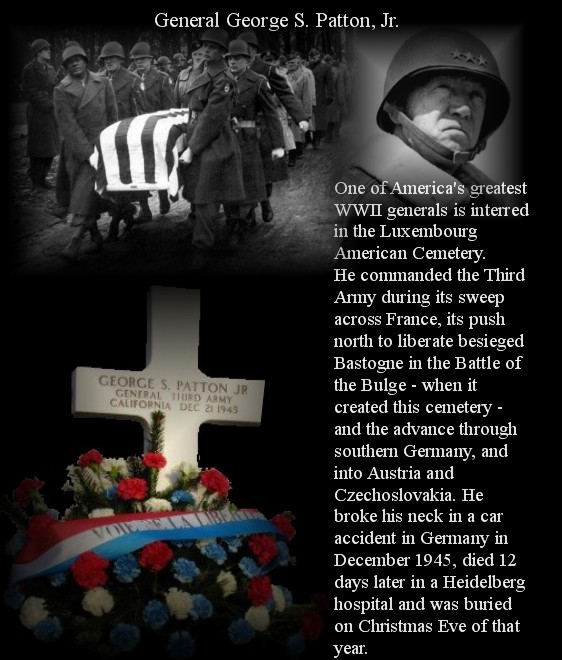|

If you were a Member of the 82nd Engineers
in WWII please sign the WWII Members page below and leave the info it ask of you. Tell any story you would like to share with
all!
God Bless you for what you did for us!
Sign WWII Members Page View History Members Info
The Men of the 82nd Engineers WWII
This combat unit of 700 men, assigned to
the XIX Corps, 1st and 9th Armies, fought with distinction throughout the European Campaign from Omaha Beach in
June 1944 to Germany's Elbe River in may 1945.
SOME OF THEIR HISTORY
The 82nd Engineer Combat Regiment was authorized as a
unit of the United States Army on December 19, 1942 and activated in January 1943 at Camp Swift, Texas. Under the army's reorganization
plan of March 1943 the regiments battalions became separate units and regimental headquarters became the 1115th Engineer Combat
Group.
The 82nd was ordered to Louisana for maneuvers on August
23, 1943 but within a few days the battalion was alerted for overseas service. Returning to Camp Swift on September 13th the
battalion spent the next several weeks obtaining additional equipment and troop replacements. Then a series of confusing orders
began. On October 24th orders were received designating Hampton Roads, Virginia or Los Angeles, California as ports of embarkation.
The next day, October 25th, orders were received assigning the 82nd to the Los Angeles port. The battalions equipment, accompanied
by the supply officer and assistant supply sergeant, sailed for India, the battalions destination, on November 3, 1943.
First units of the Battalion touched down on Omaha Beach
between June 10th and the 16th 1944(depending on individual units) A severe channel storm, which extensively damaged docking
facilities, delayed the landing of some of the of the battalions units until June 25th.
Upon arrival, the 82nd was placed in support of the 29th
Infantry Division. The battalions primary mission was to remove mines, open supply routes, construct bridges, establish water
points and a myriad of other engineering duties. Because of the confined area of the beachhead, the battalion was under constant
artillery and mortar attacks. The 82nd managed, however, to avoid casualties until July 13-16. During this time the battalion,
while in support of the 29th Divisions drive to capture the City of St. Lo, took its first battle casualties ..one killed
and seven wounded.
NOW TO READ MORE OF THEIR HISTORY GO TO THEIR WEBSITE
AND CLICK ON HISTORY PAGE!




D-Day
By mid-1944 early mobilization of manpower and
resources in America was beginning to pay off. Millions of American men had been trained, equipped, and welded into fighting
and service units. American industrial production had reached its wartime peak late in 1943 . While there were still
critical shortages -- in landing craft, for instance -- production problems were largely solved, and the Battle of the Atlantic
had been won. Ever increasing streams of supplies from the United States were reaching anti-Axis fighting forces throughout
the world.
Opposed to the Allies was the so-called Army Group B of
the German Army, consisting of the Seventh Army in Normandy and Brittany, the Fifteenth Army in the Pas de Calais and Flanders,
and the LXXXVIII Corps in Holland -- all under command of Field Marshal Erwin Rommel. Commander of all German forces in western
Europe was Field Marshal von Rundstedt who, in addition to Group B, also had at his disposal Group G composed of the First
and Nineteenth Armies. In all, Von Rundstedt commanded approximately fifty infantry and ten Panzer divisions in France and
the Low Countries.
Despite unfavorable weather forecasts, General Eisenhower
made the decision to attack on June 6, 1944. At 0200 that morning one British and two American airborne divisions were dropped
behind the beaches in order to secure routes of egress from the beaches for the seaborne forces. After an intensive air and
naval bombardment, assault waves of troops began landing at 0630. More than 5,000 ships and 4,000 ship-to-shore craft were
employed in the landings. British forces on the left flank and U.S. forces on the right had comparatively easy going, but
U.S. forces in the center (Omaha Beach) met determined opposition. Nevertheless, by nightfall of the first day, large contingents
of three British, one Canadian, and three American infantry divisions, plus three airborne divisions, had a firm foothold
on Hitler's "fortress Europe."








V-E DAY 8 MAY 1945































It has been a great honor for me to make
this page!
Eddie J. Cozart
NEWS RELEASE

The courageous men
of the 82nd Combat Engineers.


------------------------------------------------------------------------------






|

